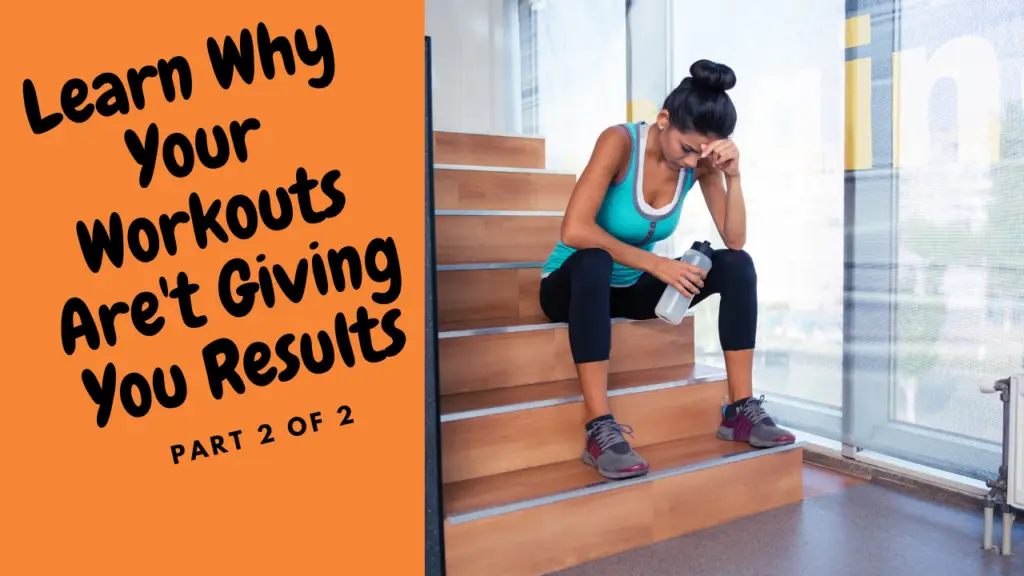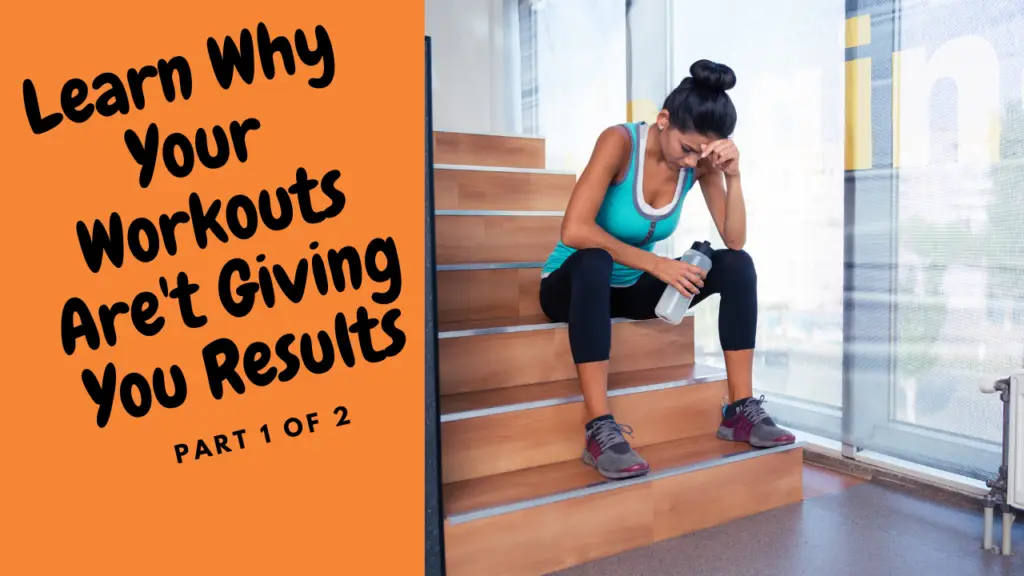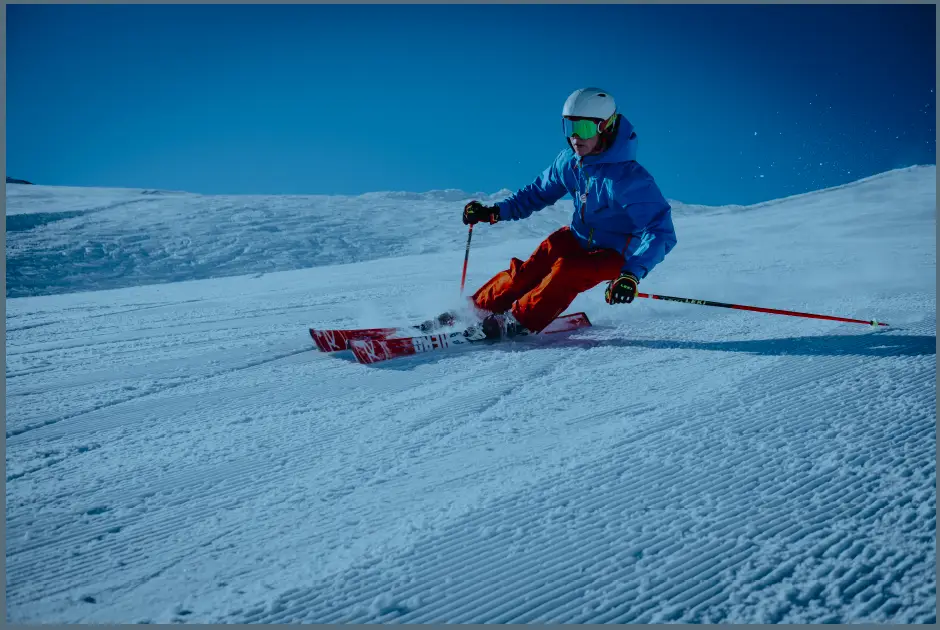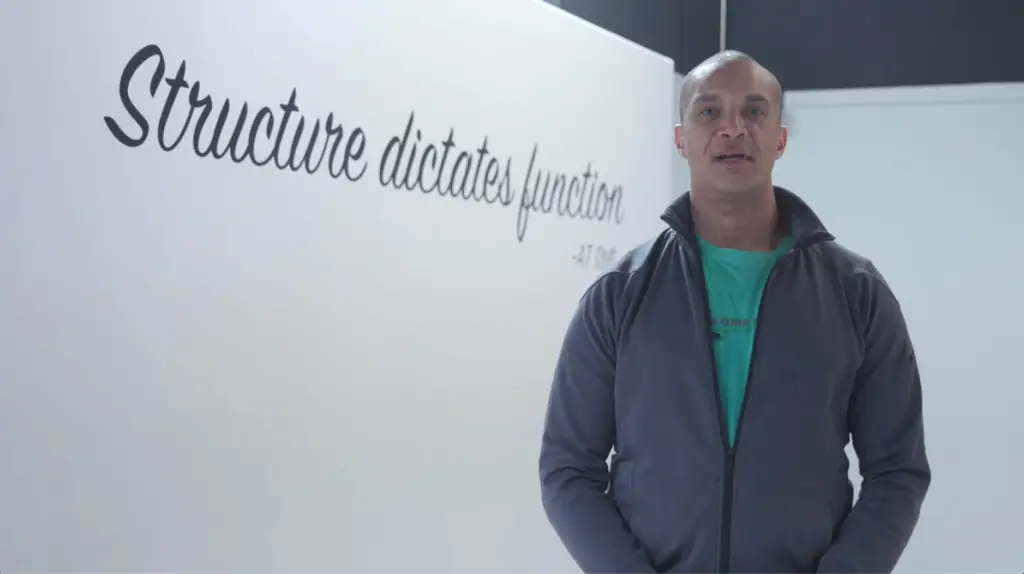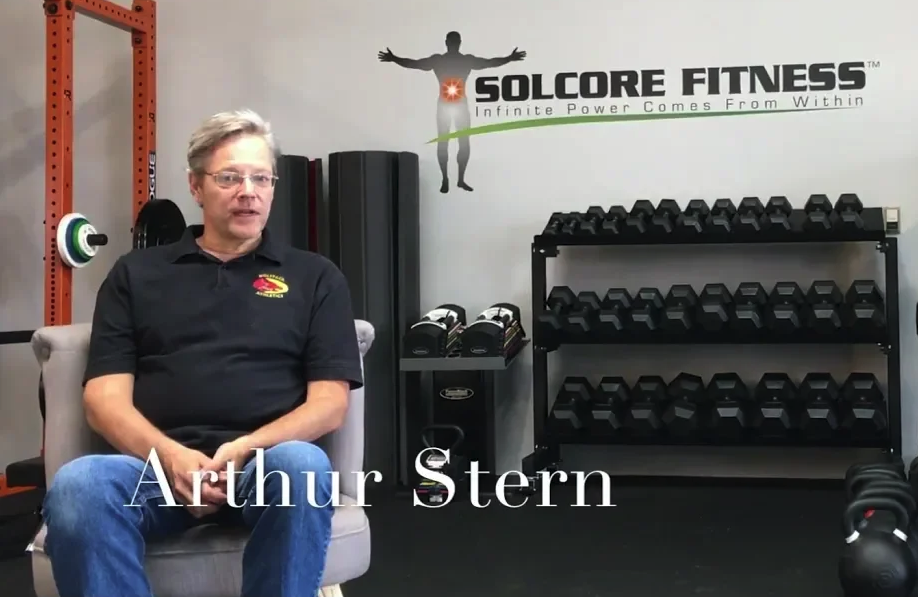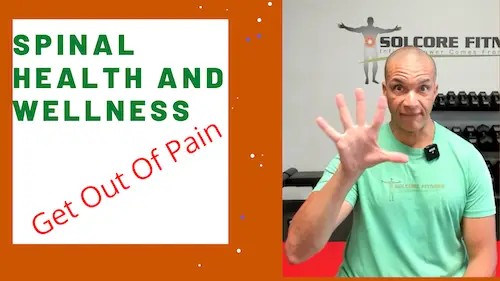
The Science of Spinal Health: More Than Just a Column
Most people are taught to think of the spine as a rigid column, but in reality, it’s a flexible, dynamic structure. Spinal health depends on preserving three key curves (cervical, thoracic, lumbar). When any curve flattens or over-accentuates, the spine’s strength drops—as shown by the Delmas Index—and forces concentrate in weak spots, amplifying pain and degenerative risk.
Analogy: The Bridge Supported By Arches
Imagine your spine like a bridge supported by multiple arches. If one arch (spine curve) weakens or collapses, the bridge loses half its strength and starts to buckle under loads—just like your own spine when a curve is lost from poor posture, injury, or muscular imbalance.
Why Spinal Muscle Teams Matter for Pain Relief
Everyday actions require a coordinated team: back muscles, abs, girdle stabilizers, and connective tissues. When muscles don’t support the spine’s curves, compensatory motion leads to excess wear, poor movement, and pain. This is why pain-relief protocols focus on restoring balanced stability and functional alignment rather than just masking symptoms.
Sustainable Health: Progressive, Holistic Support
Sustainability means working with your body’s current state and improving bit-by-bit—a progressive, individualized process instead of quick fixes or one-size approaches. Holistic programs incorporate not only strength and movement, but also posture, lifestyle adjustments, sleep, and anti-inflammatory nutrition.
Assessment and Awareness: The Cornerstones
True pain relief and lasting spinal health begin with regular assessment: Are your curves in healthy ranges? Can you maintain neutral posture against a wall? Becoming aware of these metrics allows for informed changes—like adjusting ergonomics, seeking expert help, or starting tailored mobility routines.
The Why Behind Curves, Alignment & Load
Research in biomechanics reveals the importance of good spinal curves for evenly distributing stress throughout each movement. Loss of even one curve transmits much greater force to the discs and nerves like a bridge collapsing at the point of a missing support. Over time, unchecked misalignment leads to chronic pain, joint degeneration, and higher surgery risk.
Understanding Pain Relief With Science
Motor control stabilization exercises and posture restoration have been shown in systematic reviews to bring sustainable improvement in pain and disability for chronic low back pain sufferers. The body adapts both acutely (via endorphins and nerve changes) and chronically (via increased function and motor pattern correction through proper guidance and support).
Key Takeaways
- Maintaining spinal curves and balanced muscle support is essential to prevent pain and sustain wellness.
- Think of your spine like a bridge—follow structure and science to keep the arches strong.
- Pain relief and long-term function require regular assessment and gradual, individualized improvement.
ELDOA: The Ultimate Spine And Joint Exercises
Find out more @
it’s not just working out, it’s building a foundation for a better life.

